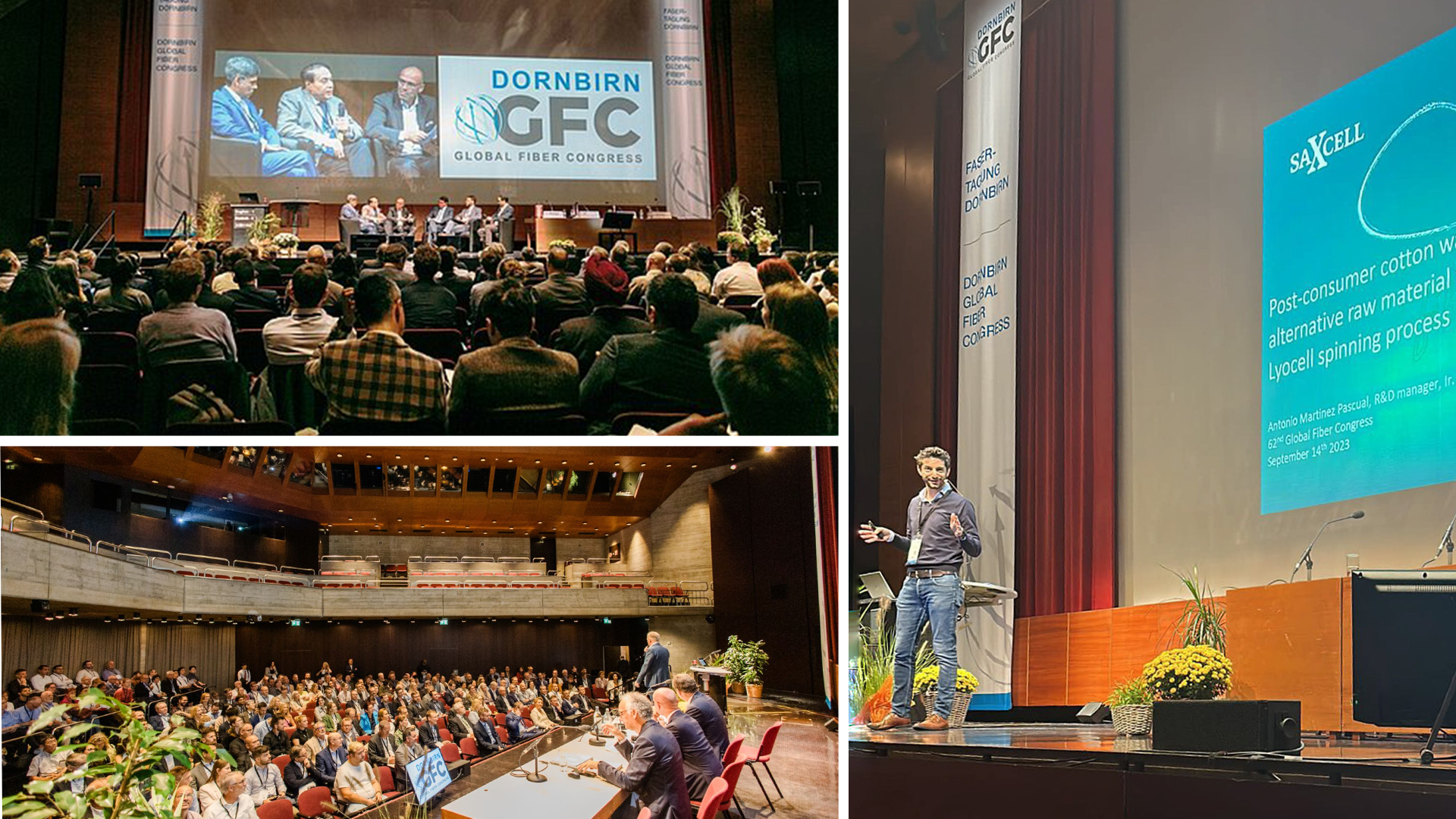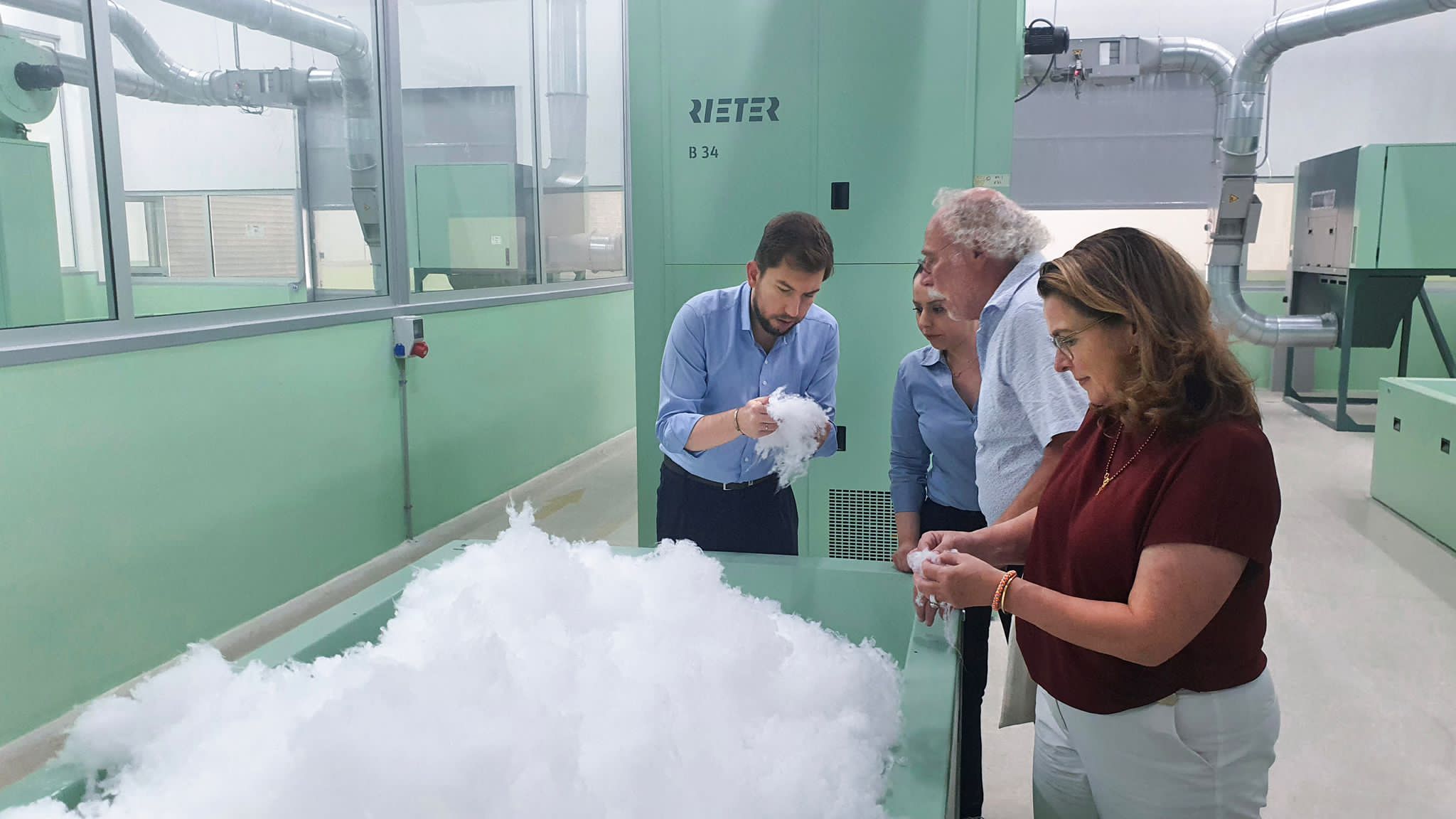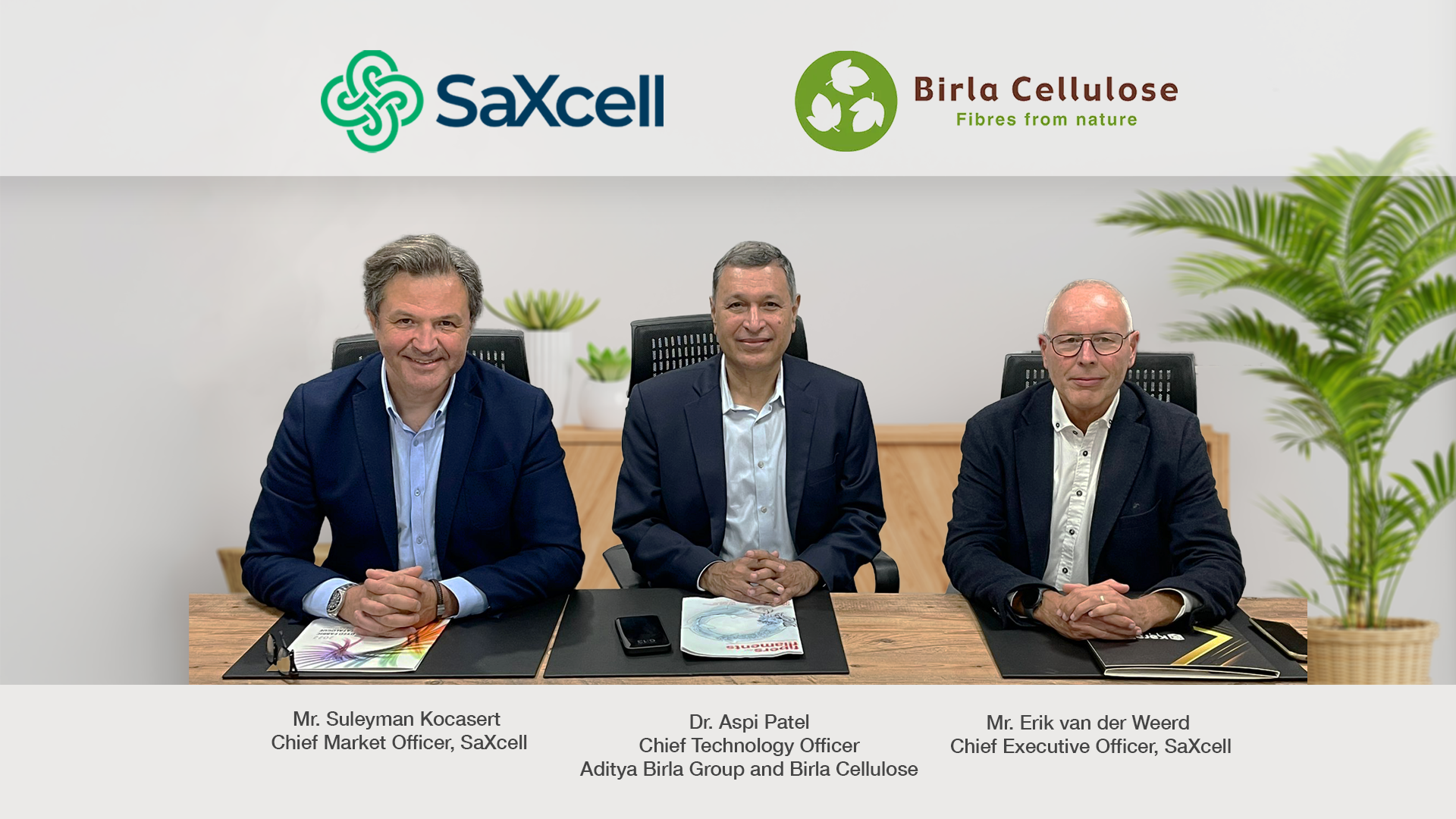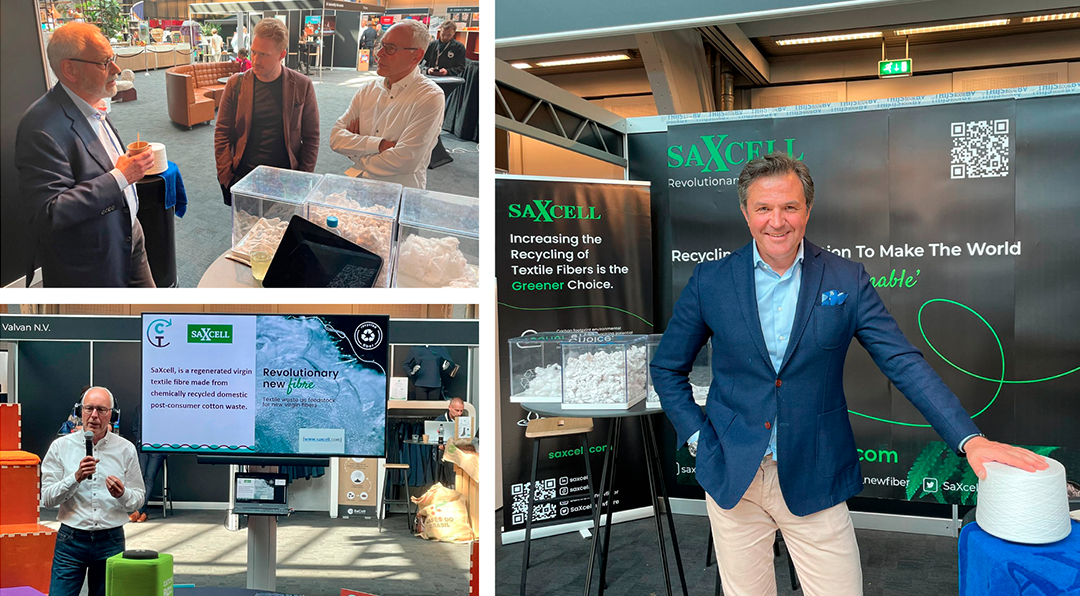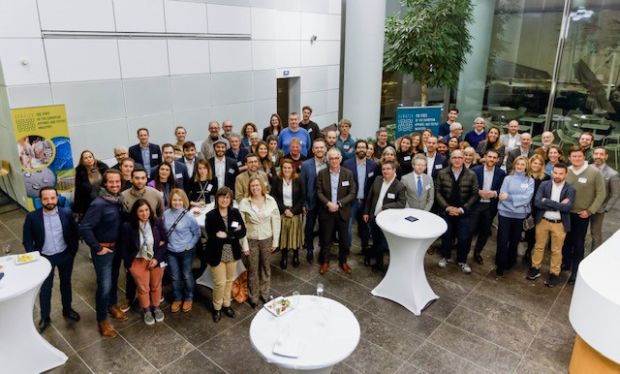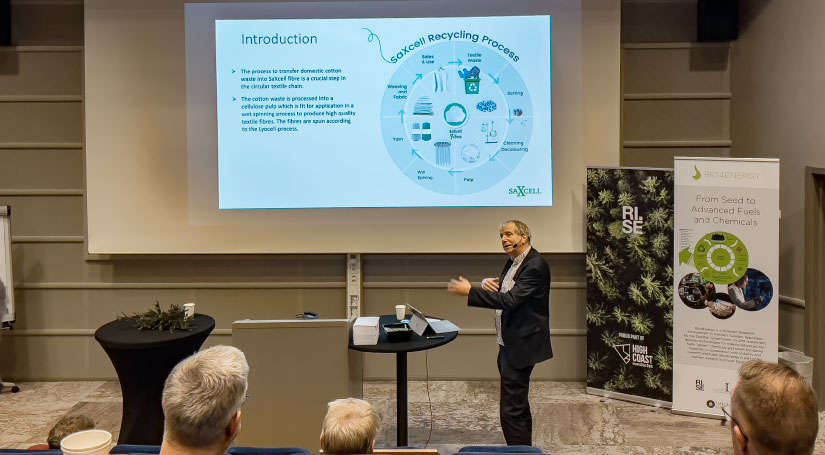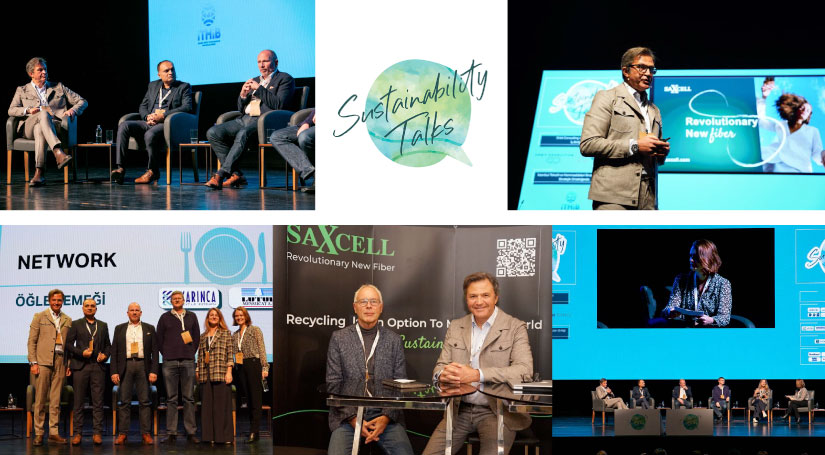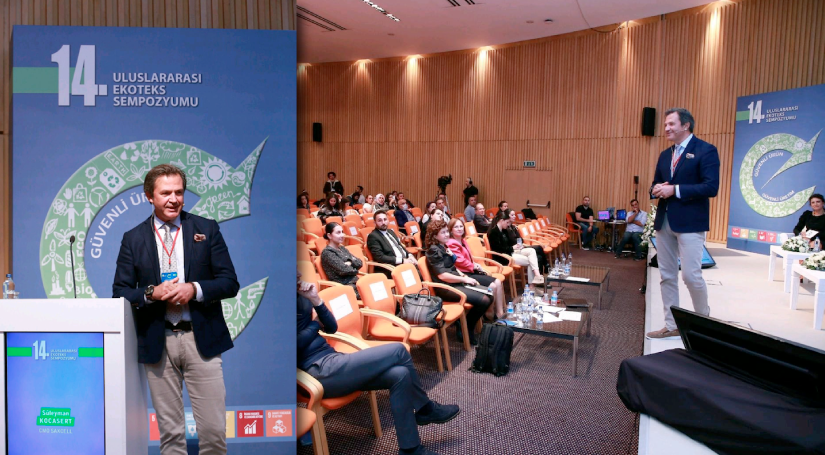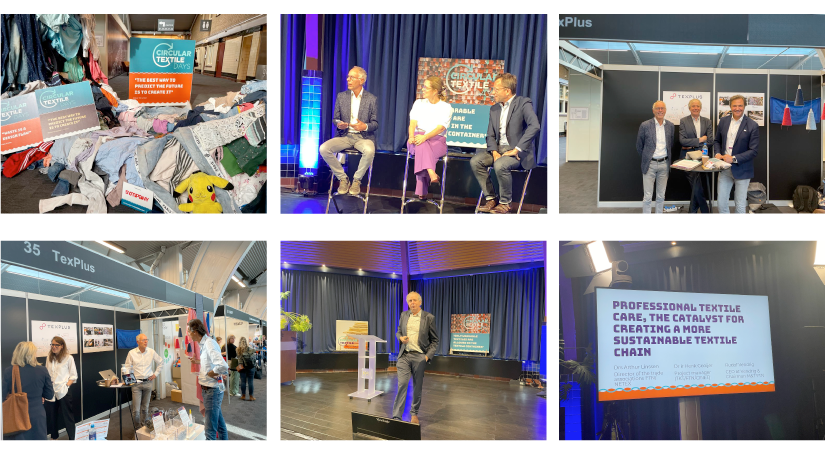Clothing Companies Must Clean Up Their Own Waste Mountain.
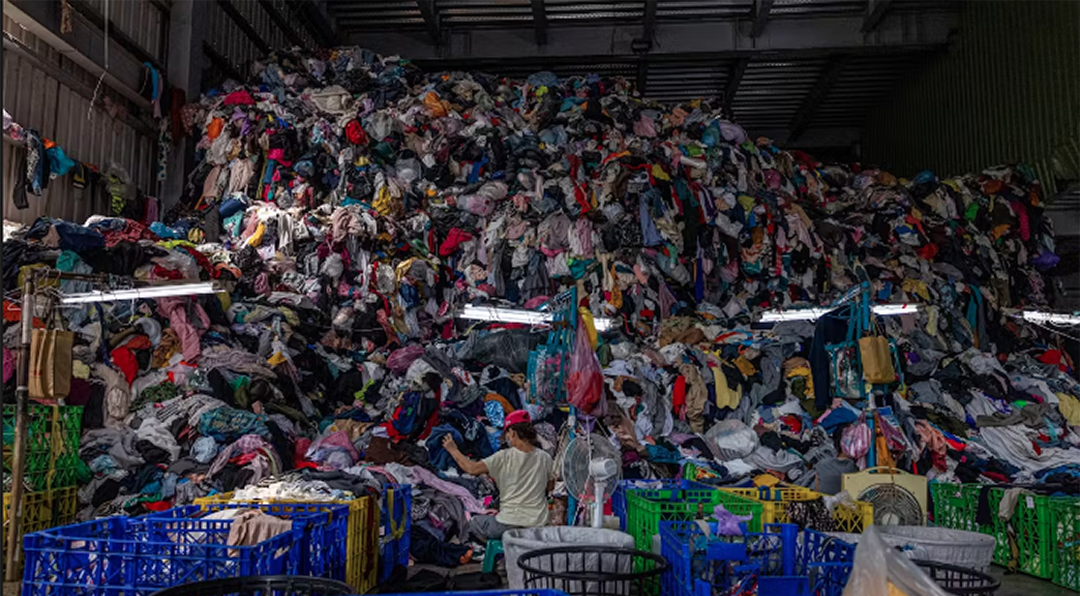
Importers and suppliers will be responsible for the waste generated by the
clothing they bring to the Dutch market as of July 1
At least half of that waste must be reused or recycled by 2025 This will
increase to 75% by 2030
New technologies, such as biodegradable yarn, are intended to help textile
companies comply with the legal obligation.
As of July 1, suppliers and importers will be responsible for the waste
generated by the clothing they bring to the Dutch market. Currently, 170
million kilograms of textiles still end up in waste heaps for incineration. New
technologies are intended to help with the herculean task of collecting,
reusing, or recycling more.
The company Wear2go from Valkenswaard has come up with smart sewing
thread. After seventy seconds in a large microwave, the stitches lose their
strength, says director John Beelen at the Circular Textile Days fair, which
took place this week in Den Bosch. Subsequently, the different materials of
used garments can easily be separated.
Beelen shows a container with zippers, RFID tags, and fluorescent stripes.
They are taken from orange safety vests of Rijkswaterstaat (the Dutch
Ministry of Infrastructure and Water Management). New jackets are made
from the stripped jackets. Wear2go sees recycling this workwear as a first
step. The Brabant-based company is ready to do this on an industrial scale
for recycling companies such as Suez or Veolia.
Responsible for cast-offs
Inventions like these can help companies comply with the Extended Producer
Responsibility for Textiles (UPV Textiles), which will take effect on July 1, says
Peter Koppert of the trade association Modint. Together with the retailumbrella organization Inretail, they have established the UPV Textiles
Foundation, which has nearly 350 companies as members.
C&A, Inditex, or H&M will no longer be solely responsible for the clothing they
trade but also for their customers' cast-offs. This is how the government
wants to encourage companies to reuse or recycle more waste. Other
sectors, such as tires, batteries, packaging, and electrical appliances, already
have such obligations.
The textile industry is one of the most polluting sectors, with significant water
pollution, greenhouse gas emissions, and waste disposal. Companies that
bring clothing, tableware, or bed linen to the Dutch market must report how
many kilograms they plan to trade from this summer onwards. Subsequently,
they must establish and finance a collection and processing system. Koppert
expects the levy to be a few cents per garment.
At least half of the waste must be reused or recycled by 2025 This will
increase to 75% by 2030 The current percentage is 35%, but it is not high-
quality. "I think only 2% is truly reused, through thrift stores," says Koppert.
He estimates the share of high-quality fiber-to-fiber recycling to be a
maximum of 1%.
Bra with deposit
So, there's work to be done. "The law is a stick behind the door," says Terry
Hommelberg, sustainability manager at lingerie chain Livera. "Sustainability
used to be at the bottom of the priority list, but now it's at the top." She
assembled a Green Team of ten people, which is significant for Livera's small
headquarters. Last week, they started a pilot collection system in six of their
own stores.
Hommelberg expects that it will take some time before there are fabrics that
can be reused for lingerie. "We're still quite far from that moment. Our
suppliers in China and India look at us very strangely when we say we want
to reuse clothing. But I'm glad that our French parent company, Groupe
Chantelle, has developed a 100% recyclable bra with a deposit."
Geert Doorlag, a researcher at bed manufacturer Auping, also believes that
the law will help involve colleagues in sustainability efforts. He already has
experience with a UPV (Extended Producer Responsibility) for mattresses
from last year, which aims to collect 75% of mattresses by 2028 "I must say,
I felt more positive about mattresses than about UPV Textile. But now that
I'm walking around this fair, I'm becoming more positive."
Chemical recycling factory
In Den Bosch, there are companies with technologies for textile recycling.
Circularity from Etten-Leur cuts used workwear and clothing surplus into
pieces and turns them into new yarns. The company then uses those yarns to
make new t-shirts and sweaters without the need for new raw materials.
"Companies like H&M, Zeeman, and C&A have already approached us," says
Micha Vugts from Circularity.
Erik van der Weerd, director of Saxcell, also sees more interest. He points to
strips of terry cloth. "These are towels that have been used in a hotel. We
turn them into pulp, and from that pulp, we make new fibers. The same fibers
as those made from wood. This way, we solve two problems: textile waste
and forest protection."
The company plans to open a small factory in Enschede that can process
three million kilograms of textiles. Saxcell currently mainly works with hotels,
but the first streams of consumer textiles are emerging. "In the startup
phase, we still need the help of clothing companies," says Van der Weerd.
"Recycled material is still more expensive than new raw materials."
There are also challenges in clothing collection. "We see the quality of
collected clothing deteriorating further," says Mert Ozturk from Erdotex, a
company in Ridderkerk that sorts two hundred tons of clothing daily at
various locations. "There are more and more items from Primark that are
completely worn out. That puts pressure on our business case."
Ozturk hopes to receive a portion of the financial compensation that
companies will pay for collecting and recycling clothing. He notes that the
new law is already casting its shadow. "We're being approached from two
sides: by clothing brands and retailers, and by recycling companies looking
for collected clothing."

